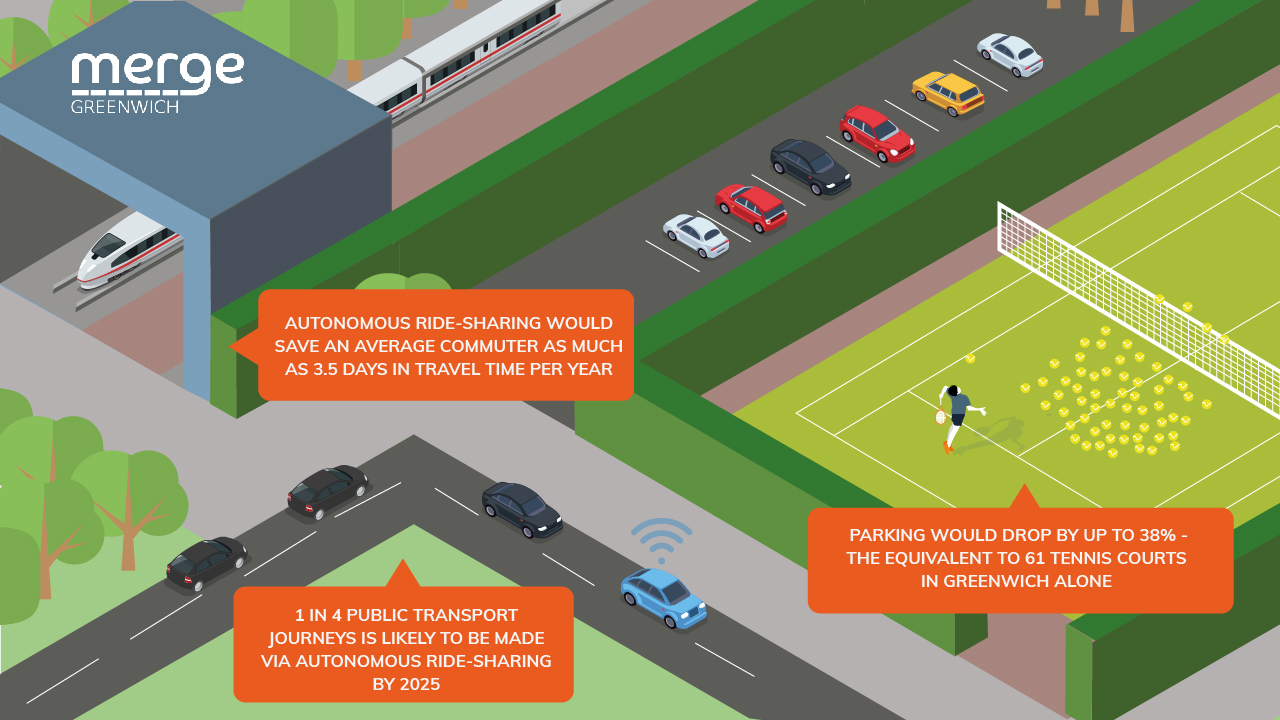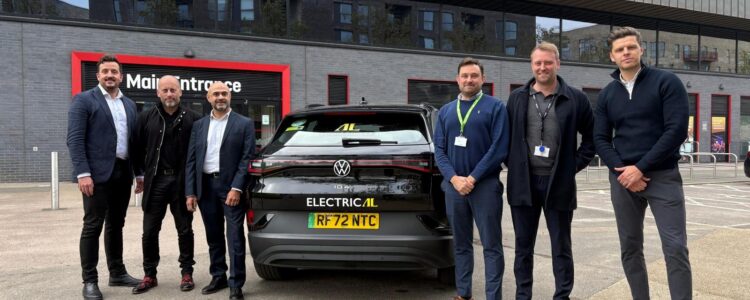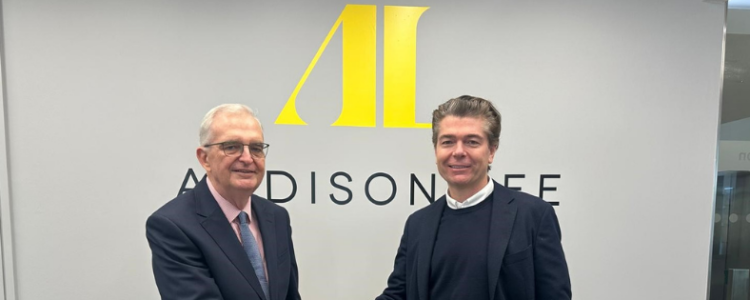
Task force needed to prepare British cities for next generation of transport, says autonomous vehicle consortium
Government-backed MERGE Greenwich completes 12-month study exploring how autonomous vehicle ride-sharing can reshape urban transport
- One in four journeys could be made via autonomous vehicle ride-sharing by 2025, delivering substantial consumer and social benefits
- Report shows this is dependent on a number of factors, including a fall in the cost of vehicles and the right customer pricing to ensure appropriate shifts from other modes of transport
- Reductions of up to 43% can be achieved in travel times between homes and existing public transport hubs such as tube and rail stations, saving a commuter 3.5 days a year
- Thousands of unneeded car parking spaces could be repurposed as journeys requiring parking dropped by up to 38%
- The consortium, led by Addison Lee Group, calls on Government to convene national and local government together with the private sector in a top-level task force to develop a strategic plan towards adoption of Mobility as a Service
A new City Mobility Task Force including local and national government as well as industry representatives should be convened to develop strategic policy, set goals and provide roadmaps for a new generation of transport services, according to the MERGE Greenwich consortium.
The remit of the proposed task force would include recommending changes to street infrastructure and taking steps to build public confidence in both autonomous vehicles and ride-sharing, and seek to gain the maximum social benefits for cities and their citizens.
This is one of the key recommendations in a report published today by the MERGE Greenwich project, led by Addison Lee Group, on the outcome of a year-long simulation on the introduction of autonomous vehicle ride-sharing services which would make it quicker and simpler for people to travel between their homes and public transport hubs.
AV ride-sharing would allow people to summon and share on-demand vehicles to take them short distances for a set fare. The concept is one of many ways in which new mobility technology could be exploited to address congestion, air quality and convenience in Britain’s cities.
Using the Royal Borough of Greenwich as a modelling ground, the consortium finds that by 2025, ride-sharing could account for more than one in four trips. It concludes that AV ride-sharing can cut average journey times to public transport hubs by up to 43%, saving an average commuter as much as 3.5 days in travel time per year. For areas with particularly poor connectivity, the simulated time saving was as high as 74%.

Andy Boland, Chief Executive Officer of Addison Lee Group, said: “The MERGE Greenwich consortium report shows all manner of positive changes that autonomous vehicle ride-sharing could bring – reduced journey times, better access to transport and less need for parking spaces. To make this a reality, it needs a task force, harnessing the expertise of the public and private sectors, to facilitate the planning and co-ordination essential to its implementation.”
He added: “Government has shown leadership through the Future of Mobility Grand Challenge and we urge them to convene decision makers to ensure that Autonomous Vehicle ride-sharing plays a part in the urban transport mix to give customers choice and to help build the greener, cleaner and more efficient cities of the future.”
The report shows that AV ride-sharing would free up parking space, with the number of car journeys requiring parking dropping by up to 38%. This could free up space equivalent to 61 tennis courts in Greenwich alone, allowing many car parks and street parking spaces to be repurposed.
However, the research also highlights the complexities in introducing a new AV ride-share service at scale. Whilst overall the service can deliver benefits, during the period in which the introduction of the service takes place alongside all of today’s existing traffic, the service could have some short term unintended consequences.
For example, significant preparatory work needs to be done to lay the ground for successful introduction of AV ride-sharing services. Challenges facing the adoption of AV ride-sharing include nervousness among the public about sharing a vehicle, with 45% saying they are willing to do so. Some services – particularly those helping passengers with accessibility challenges – would need to be staffed by a steward, meaning a person is always onboard the vehicle.
The cost of first-generation vehicles could also be a barrier to commercial viability initially. Current cost estimates for autonomous electric vehicles are significantly higher than today’s conventional fleet vehicle. The consortium also recommends that pricing and incentives are pitched in such a way as to encourage travelers to switch to AV ride-sharing from private vehicles, rather than from buses, to ensure that the introduction of new services reduces traffic congestion. Recommended pricing would be pitched significantly above the cost of a bus ticket.
The MERGE Greenwich consortium was setup and led by Addison Lee Group and involves mobility experts Ford, TRL, Transport Systems Catapult, DG Cities and Immense Simulations. It is backed by funding from Innovate UK – an agency sponsored by the Department for Business, Energy and Industrial Strategy.
The full report is available online at mergegreenwich.com
Related Posts
Addison Lee, London’s leading private hire and courier service, is pleased to announce a new partnership with The Copper Box …
We’re pleased to announce that Addison Lee is officially part of the ComfortDelGro family, following successful completion of the acquisition. …


